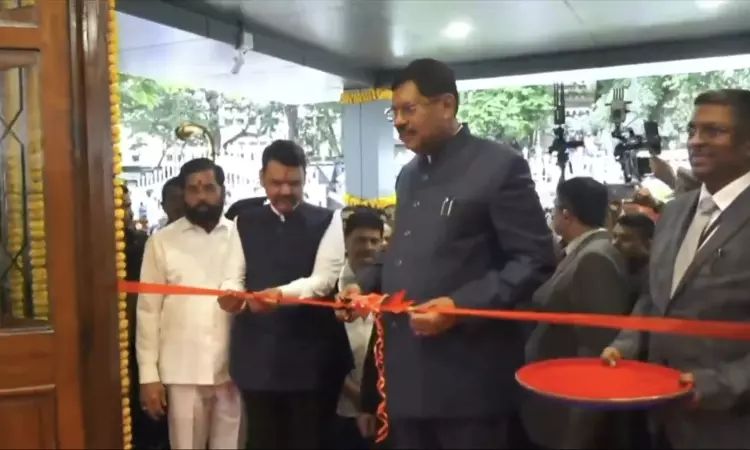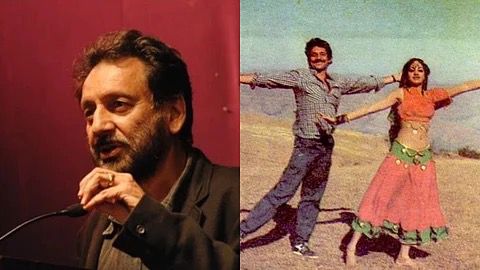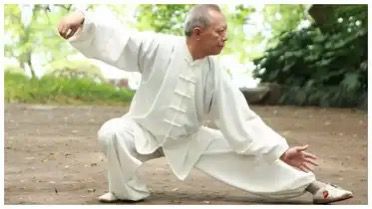 Image Source: Live Law
Image Source: Live Law
In a landmark event on August 17, 2025, Chief Justice of India B.R. Gavai inaugurated the new circuit bench of the Bombay High Court at Kolhapur. Addressing a decades-long demand, this will be the High Court’s fourth bench after Mumbai, Nagpur, and Aurangabad, in addition to a separate bench located in Goa. The Kolhapur bench is poised to revolutionize justice delivery for six districts, providing convenient access to legal recourse, reducing litigants’ travel burdens, and decongesting Mumbai’s principal seat.
Key Highlights and Significance of the Kolhapur Circuit Bench
The bench aims to serve the cases from six districts in Western Maharashtra and Konkan regions: Satara, Sangli, Solapur, Kolhapur, Ratnagiri, and Sindhudurg.
Until now, litigants and lawyers from these areas—spanning a wide geographical zone—had to undertake the arduous, nearly 380-kilometer journey to Mumbai for case hearings.
The introduction of the Kolhapur circuit bench carries immense implications for expediting justice by bringing the legal process closer to citizens’ doorsteps.
Composition and Functionality
The circuit bench will commence functioning from August 18, 2025, with one division bench and two single benches.
Division bench Judges: Justices M.S. Karnik and Sharmila Deshmukh will preside over Public Interest Litigations, civil writ petitions, family court appeals, contempt appeals, first appeals, and other civil and criminal cases.
Single benches: Justice S.G. Dige will primarily handle criminal appeals, revision petitions, and bail applications, while Justice S.G. Chapalgaonkar will address civil writ petitions, applications, and other civil matters.
This division of work promises more specialized and swift resolution of cases.
Political and Judicial Dignitaries Present
Apart from CJI B.R. Gavai, the inaugural ceremony was attended by Maharashtra Chief Minister Devendra Fadnavis, Deputy Chief Minister Eknath Shinde, and Bombay High Court Chief Justice Alok Aradhe among others.
Their presence underscores the crucial role of judiciary and executive cooperation in furthering judicial decentralization.
Addressing Long-Standing Issues of Access to Justice
Numerous activists and legal luminaries have long petitioned for a bench in Kolhapur to alleviate hardship faced by western Maharashtra’s populace due to long-distance travel.
The new bench will reduce travel costs, time loss, and logistical difficulties, making justice accessible especially for economically weaker sections.
It is expected to ease the backlog of cases at Mumbai’s High Court by offloading region-specific litigation matters.
Economic and Social Implications
Easier access to courts can improve the business climate by providing faster resolution of commercial disputes, applying direct positive pressure on the regional economy.
It will empower citizens to assert their rights more effectively while strengthening the rule of law and institutional trust.
The court’s presence is also likely to encourage better infrastructure and urban development in Kolhapur and adjoining districts.
Historical Context and Future Prospects
Bombay High Court’s bench system has expanded steadily to address India’s diverse and populous state demands—Mumbai being the principal seat, with regional benches in Nagpur, Aurangabad, and Goa serving distinct regions.
The Kolhapur bench reflects continuing efforts to decentralize judicial administration and tailor judicial accessibility to local needs.
There are discussions to further enhance infrastructure, digitize court processes and introduce more benches as per regional demand.
Operational Challenges and Solutions
The inaugural bench will confront workload challenges and infrastructural demands but benefits from digital case tracking and e-filing systems adopted by Bombay High Court.
Local legal fraternities have committed to supporting the new bench’s smooth operation through awareness campaigns and streamlined practices.
Conclusion
The inauguration of the Bombay High Court’s circuit bench at Kolhapur by CJI B.R. Gavai is a watershed moment for the judicial landscape of Maharashtra and India. By diminishing geographical constraints, this step promotes equitable and timely justice, reinforcing democratic principles and enhancing the state’s governance framework. For litigants, lawyers, and citizens in western Maharashtra, the bench promises a future of improved legal accessibility and expedited justice.
Sources: LiveLaw, Economic Times, Bar and Bench, Law Trend
Advertisement
Advertisement




